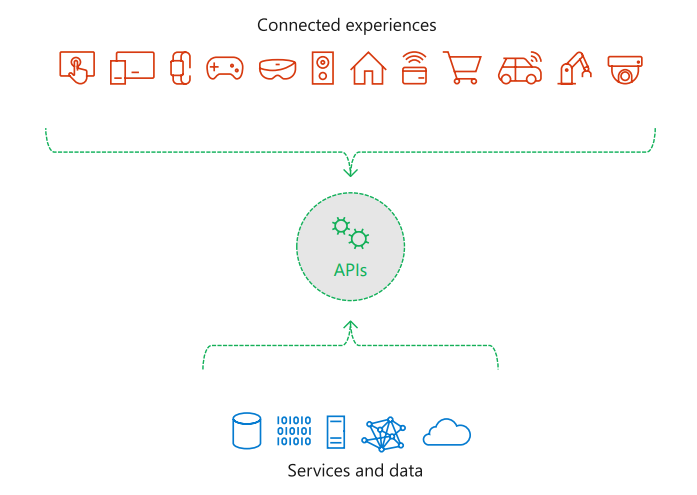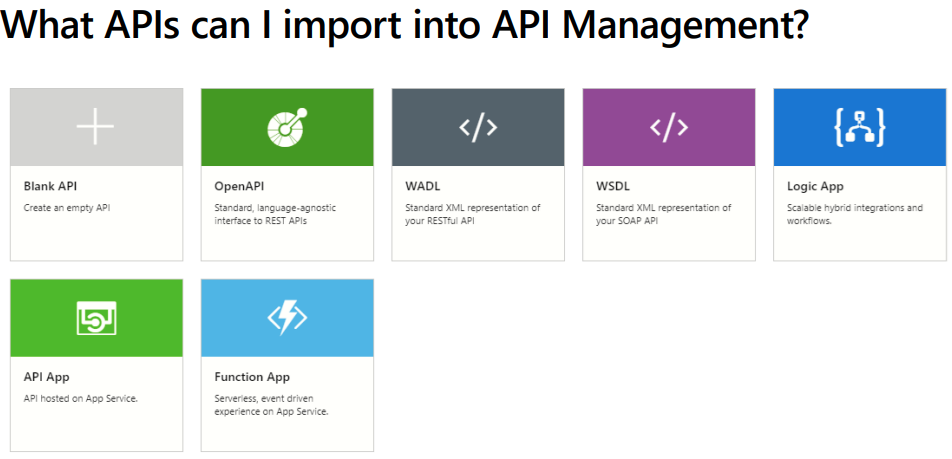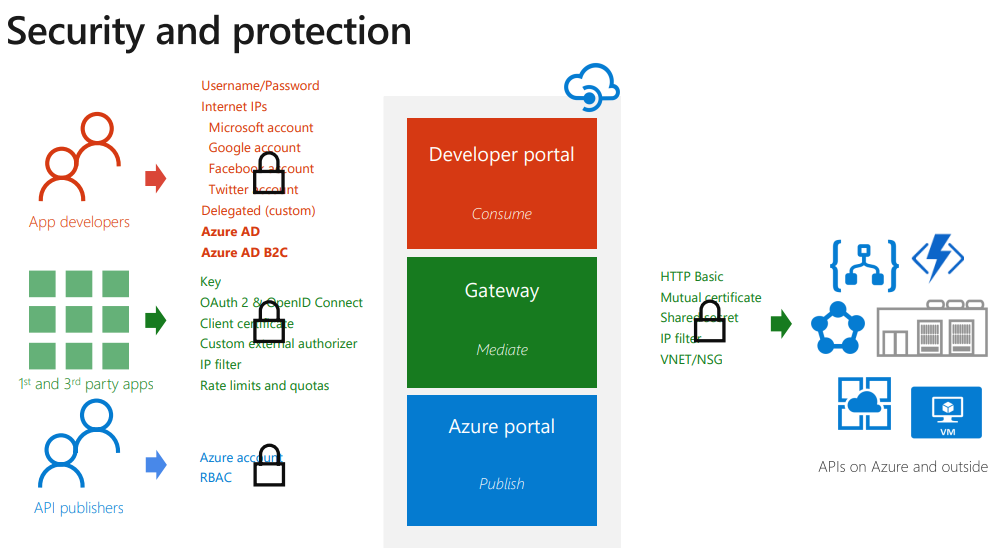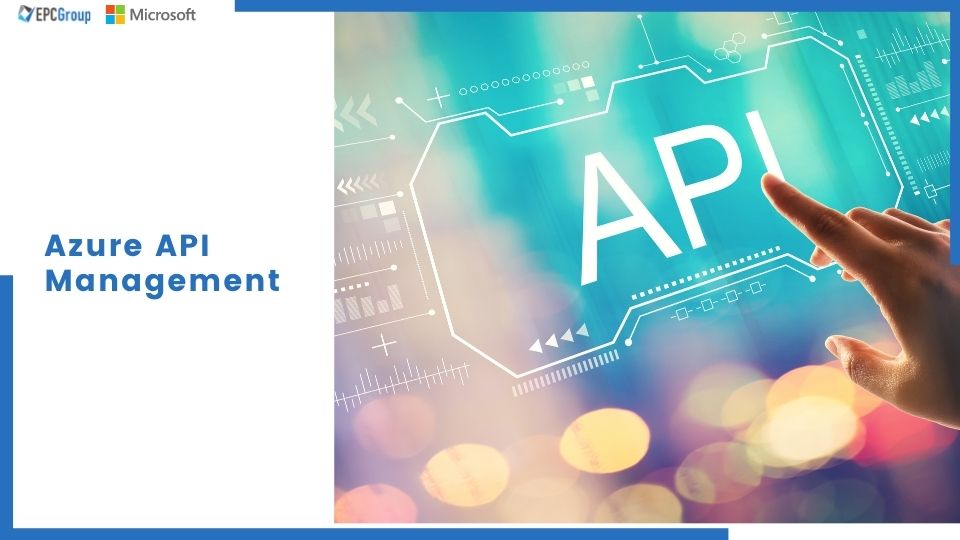API Management (APIM) is a means to build reliable and modern API gateways for current back-end services.API Management enables companies to publish APIs to external, partner, and internal developers, allowing their data and applications to reach their full potential. In this blog post, we will go over Azure API Management pricing and features in detail.
Explanation of Azure API Management Pricing & Features: The Organizational Usage Perspective
Organizations all around the world are attempting to expand their operations as a digital platform, generating new channels, acquiring new customers, and enhancing existing client involvement. Through developer engagement, business insights, analytics, security, and protection, API Management provides the fundamental capabilities to enable a successful API program. Users can use Azure API Management to launch a full-fledged API program based on any backend.
Administrators create APIs in order to use API Management. Each API is made up of one or more operations and can be used with one or more products. To utilize an API, users must first subscribe to a product that includes the API, after which they can call the API’s operation, subject to any applicable usage policies.
- Common examples include limiting access to mobile infrastructure with API keys, reducing DOS attacks with throttling, and adopting advanced security measures like JWT token validation.
- Creating an API facade to separate from internal implementations that aren’t suitable for partner consumption and allowing easy onboarding through the developer portal to facilitate ISV partner ecosystems.
- Managing an internal API program that provides a centralized area for the organization to communicate about API availability and updates, with access controlled by organizational accounts.

Azure API Management Pricing Structure
| Consumption | Developer | Basic | Standard | Premium | Isolated Preview | |
| Purpose | Lightweight and serverless version of API Management service, billed per execution | Non-production use cases and evaluations | Entry-level production use cases | Medium-volume production use cases | High-volume or enterprise production use cases | Enterprise production use cases requiring a high degree of isolation |
| Price (per unit) | 0-1 million calls per subscription – Included1+ million calls – $0.042 per 10,000 calls | $0.07/hour | $0.21/hour | $0.95/hour | $3.83/hour. The unit cost of incremental units (>1) charged at 50% of the first unit purchased | TBA7 |
| Cache (per unit) | External only | 10 MB | 50 MB | 1 GB | 5 GB | 5 GB |
| Scale-out (units) | N/A (automatic scaling) | 1 | 2 | 4 | 12 per region (call support to add more) | 12 per region (call support to add more) |
| SLA | 99.95% | No | 99.95% | 99.95% | 99.99%1 | 99.99% |
| Isolation | Shared | Private | Private | Private | Private | Private |
| Usage limits | Limits apply | No | No | No | No | No |
| Cache, external3 | Yes | Yes | Yes | Yes | Yes | Yes |
| Developer portal | No | Yes | Yes | Yes | Yes | Yes |
| Multiple custom domain names4 | No | Yes | No | No | Yes | Yes |
| Azure Active Directory (Microsoft Entra ID) integration in developer portal | No | Yes | No | Yes | Yes | Yes |
| Availability Zone support | No | No | No | No | Yes | No |
| Virtual Network support | No | Yes | No | No | Yes | Yes |
| Multi-region deployment | No | No | No | No | Yes | Yes |
| Self-hosted gateway | No | Yes5 | No | No | Yes7 | Yes |
| Estimated maximum throughput2 (per unit) | N/A (automatic scaling) | 500 requests/sec | 1,000 requests/sec | 2,500 requests/sec | 4,000 requests/sec | 4,000 requests/sec |
| Compute isolation | No | No | No | No | No | Yes |
Self-hosted gateway
Under the Azure API Management Pricing model, it now supports hybrid and multi-cloud settings with the self-hosted gateway capability. The self-hosted gateway, which can be deployed on Kubernetes or anywhere with Azure Arc, provides a uniform and coherent experience.
| Price | $1.37 per hour per gateway deployment |
Feature-based comparison of the Azure API Management tiers
| Feature | Consumption | Developer | Basic | Standard | Premium |
| Azure AD (Microsoft Entra ID) integration1 | No | Yes | No | Yes | Yes |
| Virtual Network (VNet) support | No | Yes | No | No | Yes |
| Multi-region deployment | No | No | No | No | Yes |
| Availability zones | No | No | No | No | Yes |
| Multiple custom domain names | No | Yes | No | No | Yes |
| Developer portal2 | No | Yes | Yes | Yes | Yes |
| Built-in cache | No | Yes | Yes | Yes | Yes |
| Built-in analytics | No | Yes | Yes | Yes | Yes |
| Self-hosted gateway | No | Yes | No | No | Yes |
| TLS Settings | Yes | Yes | Yes | Yes | Yes |
| External Cache | Yes | Yes | Yes | Yes | Yes |
| Client certificate authentication | Yes | Yes | Yes | Yes | Yes |
| Backup and Restore | No | Yes | Yes | Yes | Yes |
| Management over GIT | No | Yes | Yes | Yes | Yes |
| Direct management API | No | Yes | Yes | Yes | Yes |
| Azure Monitor logs and metrics | No | Yes | Yes | Yes | Yes |
| Static IP | No | Yes | Yes | Yes | Yes |
| Web socket APIs | No | Yes | Yes | Yes | Yes |
| GraphQL API (preview) | Yes | Yes | Yes | Yes | Yes |
Getting started with Azure API Management
Configuring Azure API Management and importing an API

Begin with creating a new Azure API Management instance and connect it to an API.
- Go to the Azure site and look for API Management under “Add a resource.”
- Select API Management from the search results and click Create.
- The API Management Creation blade appears.
- To deploy the new API Management instance, click Create. This will take some time to finish.
You can look at your API Management instance once the deployment is complete. When it’s first installed, it’s just an empty gateway that doesn’t do anything. Here is how you can protect it via an API:
- Select APIs from the drop-down menu.
- Select Add API.
- Decide on the Open API specification.
- Make sure you’ve chosen one or more products to link to this API. This is required in order to publish the API.
- To add and publish the API, click Create.
Users may now put their API to test.
- Select the newly added API from the APIs menu.
- Select the Test tab.
- To test, choose the GetSessions method.
- Click Send after leaving all of the information intact.
Testing the API in the Azure portal
When users test the API through the Azure portal, they may note that they have the option of selecting a subscription key that is provided along with the test. This key allows users to utilize the API because it is protected by default and cannot be used without authorization.
Users can now test the API through the developer portal. The developer portal is a website where API users can test the API and obtain documentation about it.
Testing the API in the developer portal
Users can begin to monetize your API now that it has been exposed and protected by API Management.
Users can sign up to use an API in the developer portal
Moreover, under this Azure API Management pricing structure, the products determine which capabilities you expose and how much they can be used. For example, the starting product has some regulations in place that limit its use. It can only make 5 calls every 60 seconds. And there’s a quota: the user can only make 100 calls in a week. Users can also use policies to limit the quantity of data that comes in and out, as well as to convert XML to JSON.
Set policies on a product in the Azure portal
Users can apply policies to a specific user or subscription when creating policies for a product.
After you have users who utilize your APIs, you can track how they use them.
Understanding unified API management

The process of designing, releasing, documenting, and analyzing APIs in a safe environment is known as API management. An API management system allows a company to ensure that both the public and internal APIs it develops are usable and safe. API administration solutions on the market might include a wide range of functionality; nevertheless, the bulk of API management solutions enable customers to do the following:
API design – API management solutions enable users, ranging from developers to partners, to create, publish, and deploy APIs, as well as track documentation, security policies, descriptions, usage limitations, runtime capabilities, and other pertinent data.
API gateway – API management solutions can also operate as an API gateway, implementing appropriate API security regulations and requests, as well as assuring authentication and confidentiality, for all APIs.
API store – API management solutions allow users to retain their APIs in a store or catalog, which they can then disclose to different stakeholders. This API “store” thus functions as an API marketplace, where users can subscribe to APIs, get help from other users and the community.
API analytics – API management enables users to track API usage, load, audit trails, historical data, as well as other metrics to better understand the state and effectiveness of APIs.
Managing APIs From a Browser or Mobile App
Using RESTful services, SOAP web service, JSON Web Service, etc.
There are two types of web services:
- SOAP Web Services
- REST Web Services
SOAP Web Services
SOAP (Simple Object Access Protocol) is an XML-based protocol. The most significant benefit of adopting the SOAP Web Service is its inherent security. The acronym SOAP refers to the Simple Object Access Protocol.
SOAP is a protocol that allows Web services messages to be sent over the Internet using the HTTP protocol. Usually, the messages are in XML format.
REST Web Services
Representational State Transfer is the acronym for REST. REST is a style of software design, not a collection of standards or regulations. RESTful applications are those that adhere to this architecture.
Unlike SOAP, which focuses on activities, REST is primarily concerned with resources.
Integrating Third-Party Applications into Your Application

Third-party API integration occurs when a company employs a third-party API to increase integration with another business software or web service.
- Step 1. Hire an API Integration Expert to help you integrate an API into your app.
- Step 2. Create Your Project Using the API Provider System: Create Your Project Using The API Provider System
- Step 3. Step 3: Obtains the API Key and the Authorization Token
Following registration, the developer receives an API key that assists the API provider system in identifying the authentication token and calling project, allowing the API provider system to verify that the calling user has permission to complete this request.
Step 4. Integrate API Framework for The App: The developer then uses dependency managers to install the chosen SDK with APIs into an application build environment.
Step 5. Work with API Request Instances and Methods. The app developer adds additional functionality to the app utilizing the dependencies added in the previous phase, allowing it to access new API-integrated capabilities.
Creating Custom Authentication Methods
- Start with creating a new service from the Azure Portal Menu
- Enter settings in the API Management service
- The service instance will take a few minutes to create. Users will be able to add APIs and apply policies to them once it’s ready.
- Once the API Management service is up and running, you can check its status online.
- Users must apply custom authentication if they don’t want the public to view their APIs. They should add this API to Azure API management and create a specific authentication policy.
- Users need to go to the Inbound Processing section of the orders endpoint and update the policy there.
- To use custom auth to authenticate the request, users are going to require an external authorizer’s URL, where users must first redirect the request and check the response code (200 OK) to ensure that the request is authenticated.
- Users must forward the request to the authentication server after validating the request header. Following that, users must then save the response to the request before extracting the response to obtain the status code of the authorizer’s response.
- The status code will be set to 200 OK if authorization was successful.
That’s all, you have created your custom authentication method.
Conclusion:
In conclusion, the practical elements under the Azure API Management Pricing model, that users should be aware of are listed above. It comes with a variety of pricing alternatives to meet the organization’s budgeting demands.
Users can also design their own developer’s portal by modifying it with relevant content and a professional look and feel. As a result, Azure API Management is the perfect solution to adopt for building modern gateways.










